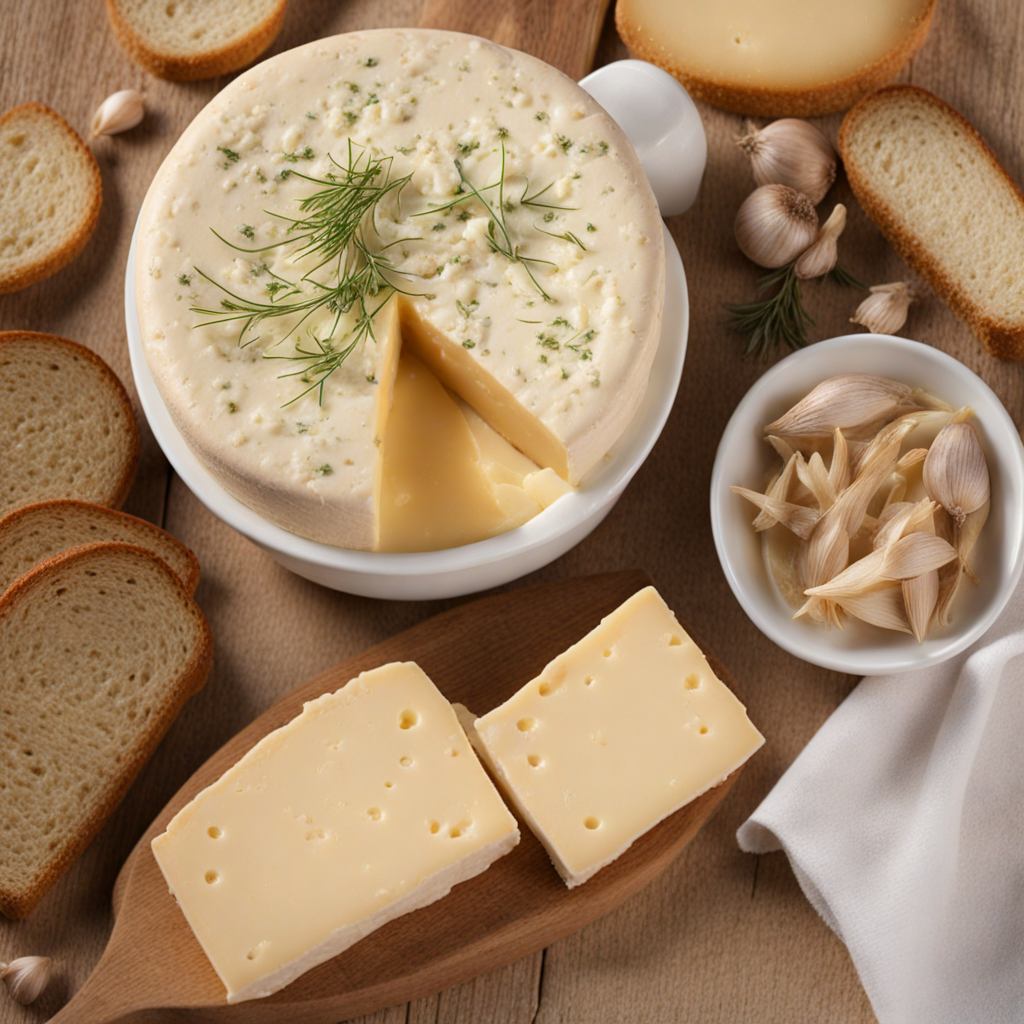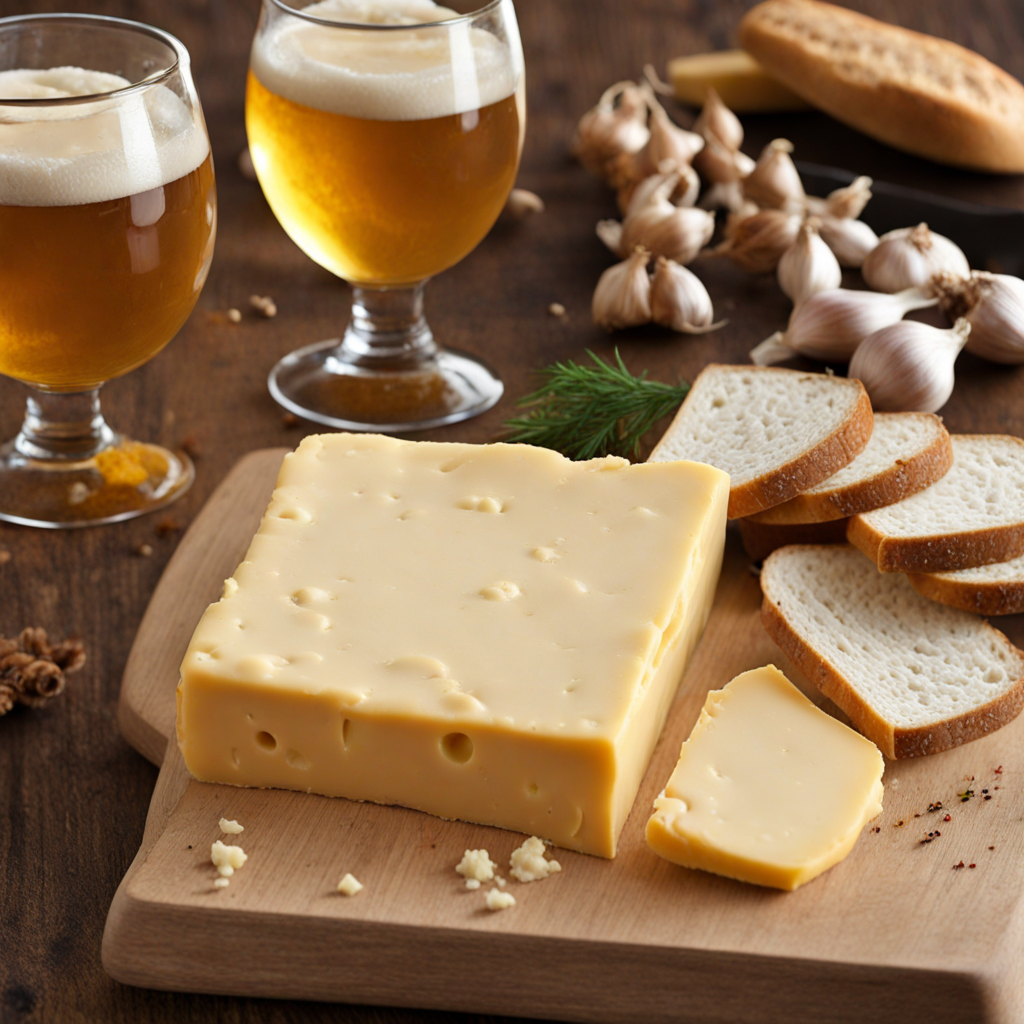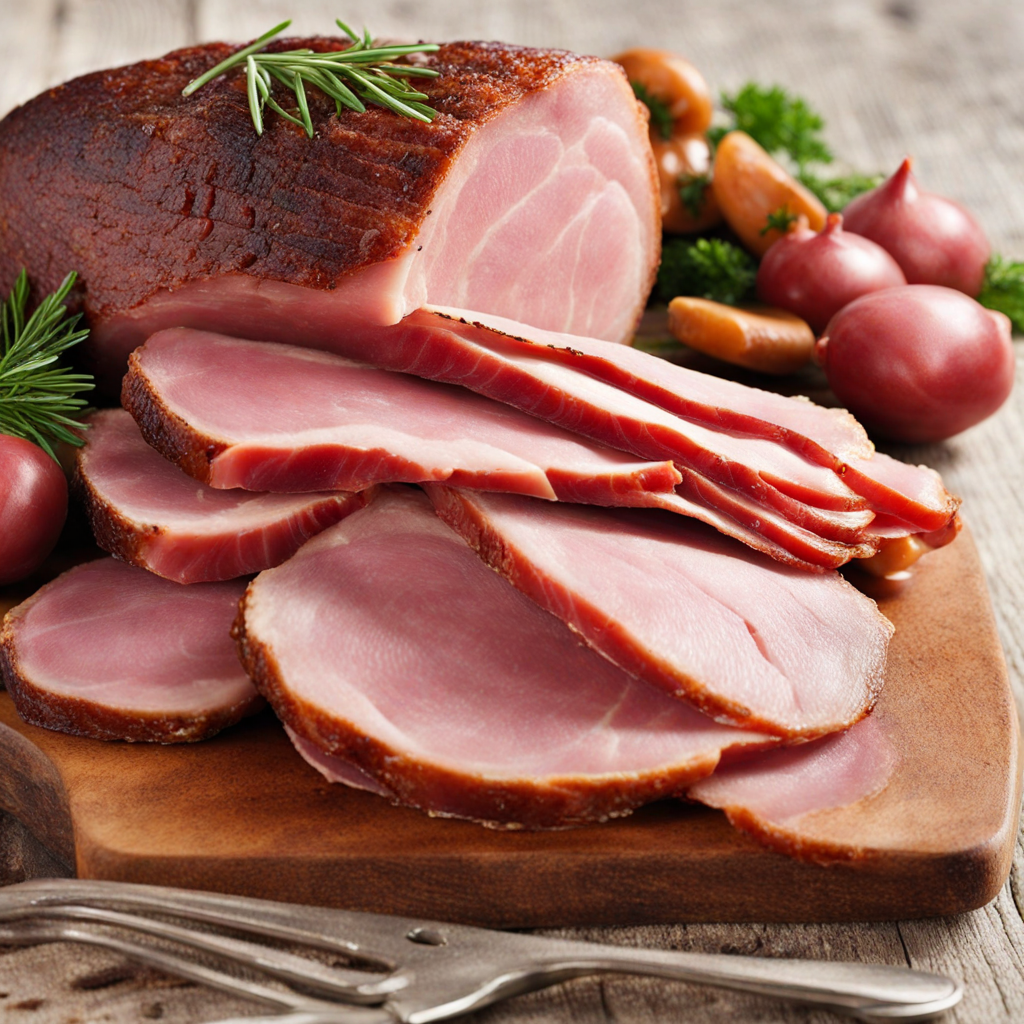Beer Cheese
Beer cheese is a delightful and unique culinary creation that hails from the Czech Republic, where it embodies the rich flavors of the region's brewing heritage. This creamy spread is made from a blend of cheeses, often including a robust Czech cheese like Hermelín, and is infused with local beer, which adds a depth of flavor that is both savory and slightly tangy. The combination of the cheeses and the beer creates a smooth texture that is perfect for spreading on crusty bread or enjoying with pretzels, making it a popular choice for snacks or appetizers during gatherings and celebrations. What sets Czech beer cheese apart is the careful selection of ingredients that reflect the country’s brewing prowess. The beer used in the recipe is typically a pale lager or a dark beer, which contributes to the spread's distinct taste profile. The addition of spices such as garlic, paprika, and various herbs enhances the flavor, providing a zesty kick that tantalizes the taste buds. The result is a dish that is not only rich and creamy but also complex, with a balanced interplay of flavors that brings together the earthiness of the cheese and the refreshing notes of beer. Beer cheese is often enjoyed as part of a traditional Czech charcuterie board, paired with pickles, cured meats, and fresh vegetables. Its versatility makes it a wonderful companion to a wide range of dishes, from hearty breads to grilled sausages. Whether shared among friends at a beer garden or served at a festive gathering, beer cheese offers a taste experience that captures the essence of Czech culinary culture, inviting everyone to savor the delightful fusion of cheese and beer in every bite.
How It Became This Dish
Pivní Sýr: A Journey Through History and Flavor Introduction Pivní sýr, or "beer cheese," is a delightful and distinctive culinary creation hailing from the Czech Republic, where the rich traditions of beer brewing and cheese making have merged into a beloved snack enjoyed by locals and visitors alike. This unique cheese embodies the spirit of Czech culture, offering a flavorful testament to the country's long-standing relationship with both beer and dairy. In this exploration, we will delve into the origins, cultural significance, and evolution of pivní sýr, tracing its path from humble beginnings to its current status as a culinary staple. Origins of Pivní Sýr The roots of pivní sýr can be traced back to the Czech lands' agrarian society, where cheese production has been a part of local culture for centuries. The earliest records of cheese making in the Czech Republic date back to the Middle Ages. As communities settled and developed, the need for preserving dairy products became apparent, leading to the creation of various cheese types, often based on local ingredients and traditional methods. The marriage of cheese and beer is particularly significant in the Czech Republic, a country renowned for its brewing heritage. Beer has been produced in the region since the 9th century, with the city of Pilsen (Plzeň) gaining global acclaim for its pale lager. The Czech tradition of brewing beer is deeply embedded in the social fabric of the nation, where beer is more than just a beverage; it is an integral part of communal life, celebrations, and culinary practices. Pivní sýr likely emerged as a practical solution for combining two local staples: cheese and beer. While it is difficult to pinpoint an exact date or location for its inception, historical references suggest that the practice of incorporating beer into cheese making gained prominence in the 19th century. It is believed that local cheesemakers began experimenting with beer to enhance the flavor profile of their products, leading to the creation of pivní sýr as we know it today. Cultural Significance In Czech culture, food is not just sustenance; it is a symbol of identity and community. Pivní sýr plays a significant role in this cultural landscape, often served as a snack or appetizer alongside a glass of the country's world-famous beer. The combination of the two creates a quintessentially Czech experience, embodying the nation’s love for both its beverages and its culinary delights. Traditionally, pivní sýr is enjoyed in pubs and beer gardens, where it is often paired with dark beers, enhancing the richness and complexity of flavors. The cheese is typically made with cow's milk and infused with various ingredients, including spices, herbs, and of course, beer. Its creamy texture and robust flavor make it an ideal accompaniment to the crispy bread or crackers that are commonly served alongside. Czech festivals and celebrations often feature pivní sýr, showcasing its importance in communal gatherings. Whether at a local beer festival or a family gathering, this cheese serves as a reminder of the country’s rich agricultural heritage and its ability to bring people together. It is also a popular choice as a gift or souvenir, symbolizing the pride of Czech craftsmanship and culinary tradition. Development Over Time As with many traditional foods, pivní sýr has evolved over time, reflecting changes in society, technology, and taste preferences. The 20th century saw significant developments in food production methods, including the introduction of industrial cheese-making processes. While these advancements allowed for greater consistency and wider distribution of cheese products, they also raised concerns about the loss of traditional artisanal methods. In response to these changes, there has been a resurgence of interest in artisanal and locally-produced foods in recent decades. This movement has revitalized traditional recipes and methods for making pivní sýr, with many small-scale producers emphasizing quality ingredients and time-honored techniques. Today, pivní sýr can be found in a variety of forms, from traditional recipes that honor the past to innovative iterations that appeal to modern palates. In contemporary Czech cuisine, pivní sýr has transcended its traditional role as a simple snack. Chefs and food enthusiasts experiment with new flavor combinations, incorporating locally sourced ingredients such as truffle oil, garlic, or smoked paprika. This evolution reflects a broader trend in the culinary world, where traditional foods are reimagined to suit contemporary tastes while preserving their historical roots. Pivní Sýr Today Today, pivní sýr is more than just a nostalgic reminder of Czech culinary heritage; it has gained recognition on the international stage. As global interest in Czech cuisine grows, pivní sýr has become a popular item at international food festivals and gourmet markets, where it is celebrated for its unique flavor and versatility. The cheese's adaptability has also made it a favorite among chefs and home cooks alike. It can be enjoyed in various ways: melted over dishes, used in savory pastries, or paired with charcuterie boards featuring cured meats and pickled vegetables. Its ability to complement a wide range of flavors makes it a versatile ingredient that continues to inspire culinary creativity. Moreover, the rise of craft beer culture has further enhanced pivní sýr’s profile. As craft breweries experiment with new beer styles and flavors, cheesemakers are inspired to create unique cheese varieties that pair well with these innovative brews. This symbiotic relationship between beer and cheese has led to an exciting renaissance in both fields, positioning pivní sýr as a central player in the evolving narrative of Czech gastronomy. Conclusion Pivní sýr is more than just a cheese; it is a symbol of the Czech Republic's rich culinary heritage, reflecting the nation's agricultural roots and communal spirit. From its humble origins in rural cheese-making practices to its contemporary status as a celebrated snack, pivní sýr encapsulates the essence of Czech culture. As it continues to evolve and adapt to modern tastes, pivní sýr remains an enduring testament to the artistry of combining tradition with innovation—a culinary treasure that invites everyone to savor the flavors of the Czech Republic.
You may like
Discover local flavors from Czech Republic







